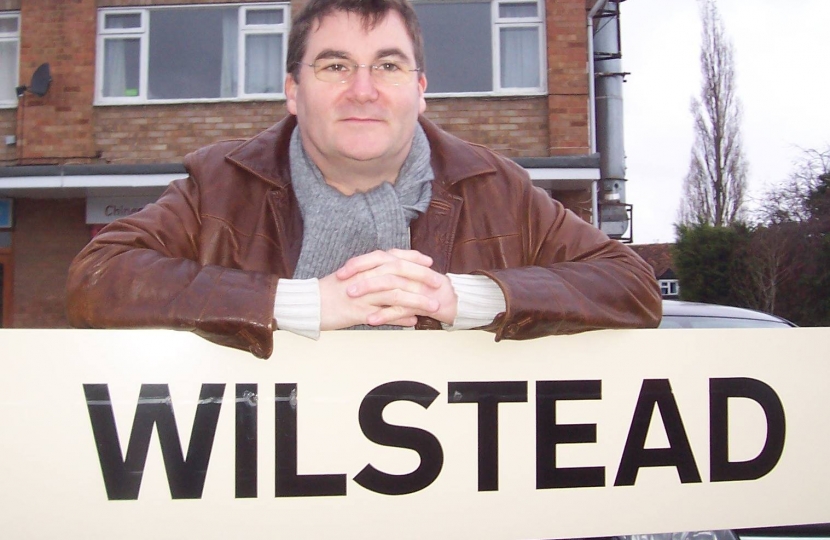
Wilshamstead Cllr Graeme Coombes has set out his concerns of extra traffic pollution following the re-emergence of a proposed ‘energy from waste’ (EfW) incinerator for Stewartby.
In February 2013 a Joint Committee of the Houses of Parliament granted a Development Consent Order (DCO) for American company, Covanta to develop an EfW plant at the site which is commonly known as Rookery South.
The DCO gave Covanta 5 years to develop the facility which will handle around 600,000 tonnes of waste per annum. It was issued despite a campaign of opposition by Bedford Borough and Central Bedfordshire Councils and local residents.
Covanta subsequently announced that it would be withdrawing from its United Kingdom operations, although last month it said it had teamed up with environmental firm, Veolia to resurrect the scheme. The terms of the DCO require the acquisition of an Environmental Permit from the Environment Agency before the facility can begin operating.
Whilst agreeing with widely held concerns about the pollution emanating from the facility itself, Cllr Coombes is also worried about increased heavy goods vehicle movements in transporting waste to the site and the subsequent effect on air quality and congestion. He said:
‘Concerns about the emissions from the proposed new Covanta incinerator at Stewartby being ‘toxic’ is only half the story. The other half is the blight on people’s lives from waste being transported from potentially all over the country for incineration.
‘This is a huge plant that to be profitable cannot run on local waste only, particularly as the nearby local authorities already have their own waste management arrangements.
‘Nothing is worse than the pollution from large numbers of heavily-laden, dirty diesel lorries driving 24/7 on our roads to the incinerator.
‘Whilst I worry about potential toxicity from emissions emanating from the plant, I have just as great concerns about the impact on Wixams and Wilstead residents, whom I represent, as well as the wider area by high volumes of traffic bringing its own pollution.’


